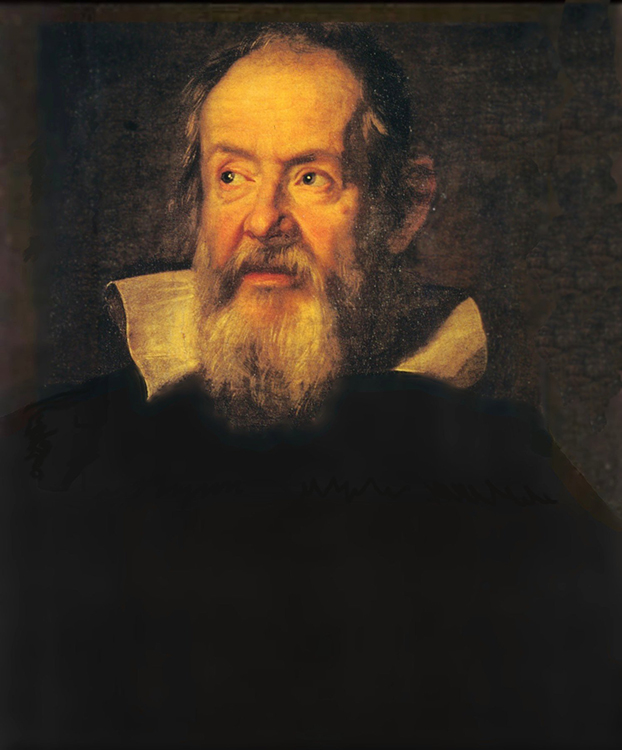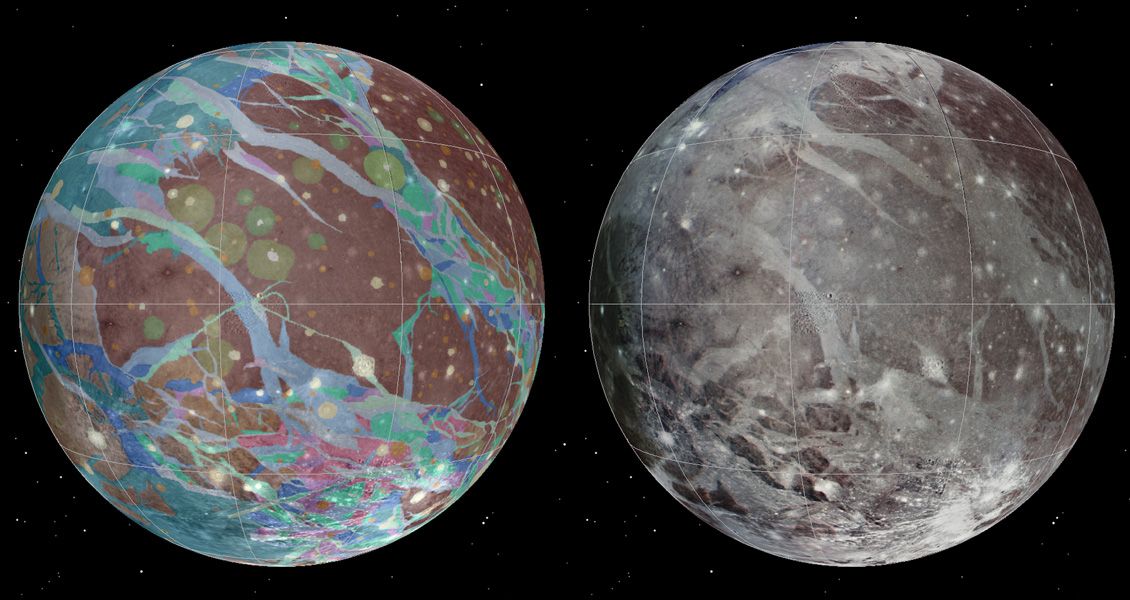Galileo and the Inquisition
Friday, September 28th, 2018September 28, 2018
A recently rediscovered letter from Italian astronomer Galileo (1564-1642) shows his careful wording to try to avoid persecution during the Inquisition, an effort by the Roman Catholic Church to seek out and punish heretics—that is, people who held beliefs that differed from the accepted beliefs of the church. In the letter—found in a London library where the letter was misplaced decades ago—Galileo states his arguments against the church’s mistaken doctrine that the Sun orbits Earth.

A rediscovered letter by the famous Italian astronomer and physicist Galileo shows he tempered his comments to try to avoid persecution by the Roman Catholic Church. Credit: Uffizi Gallery, Florence, Italy (Art Resource)
The seven-page letter, written to a friend in 1613 and signed G.G. in Galileo’s own hand, helps solve a mystery that has surrounded the astronomer ever since the Roman Catholic Church condemned him for heresy in 1633. The letter shows that Galileo knew he may have dangerously provoked powerful enemies in the church and that he worked to contain the potential fallout.
Galileo Galilei is one of the most significant figures in the history of western scientific thought. In 1609, Galileo built his first telescope. Turning it to the sky, he saw clear evidence that many ideas about the heavens, established since the time of ancient Greece and Rome, were false. He was convinced of the truth of the theory, proposed by the Polish astronomer Nicolaus Copernicus in 1543, that all planets, including Earth, revolve around the sun. However, this theory contradicted official doctrine in the Roman Catholic Church.
Historians had known that in December 1613, Galileo wrote a letter to his friend Benedetto Castelli, a mathematician at the University of Pisa. In this letter, he discussed how the Copernican theory compared with official church doctrine concerning astronomy. Galileo wrote thousands of letters in his lifetime and many included important scientific discoveries, so people often made copies that were widely circulated. In 1615, one of Galileo’s enemies sent a copy of the 1613 letter to church inquisitors in Rome. The inquisitors sought out and severely punished heretics. In early 1616, Galileo was summoned to Rome to face the inquisitors and discuss whether the Copernican theory conflicted with the Roman Catholic faith.
Several copies of the 1613 letter exist today, although there are two different versions—one that was sent to Rome and another that is less provocative. Some historians suspect clergymen may have forged one version to anger the inquisitors, causing them to charge Galileo with heresy. Galileo sometimes complained to friends about such plots against him.
The rediscovered original letter shows that Galileo altered his words to make them less provocative. Many words and phrases are scratched out and rewritten with a softer tone that inquisitors would have found more agreeable. For example, Galileo referred to certain parts in the Bible as “false if one goes by the literal meaning of the words.” He crossed through the word false, and replaced it with the phrase, look different from the truth. Galileo’s ploy worked. In 1616, he was cleared of charges of heresy. But he was also ordered not to hold, teach, or defend the Copernican theory in any way.
In 1632, Galileo finished his most complete work on the structure of the heavens. It was a book called the Dialogue Concerning the Two Chief World Systems. In this work, the information presented clearly indicated the superiority of the Copernican system. Once again, Galileo was summoned to Rome. This time, he had to answer to the charge of willfully disobeying the order not to defend Copernicus’s theory. In 1633, the Inquisition found Galileo guilty of the charge. The church forced him to recant (publicly withdraw his statement) and sentenced him to life imprisonment. Because of Galileo’s advanced age and poor health, the church allowed him to serve his imprisonment under house arrest in a villa outside Florence. He died on Jan. 8, 1642.



